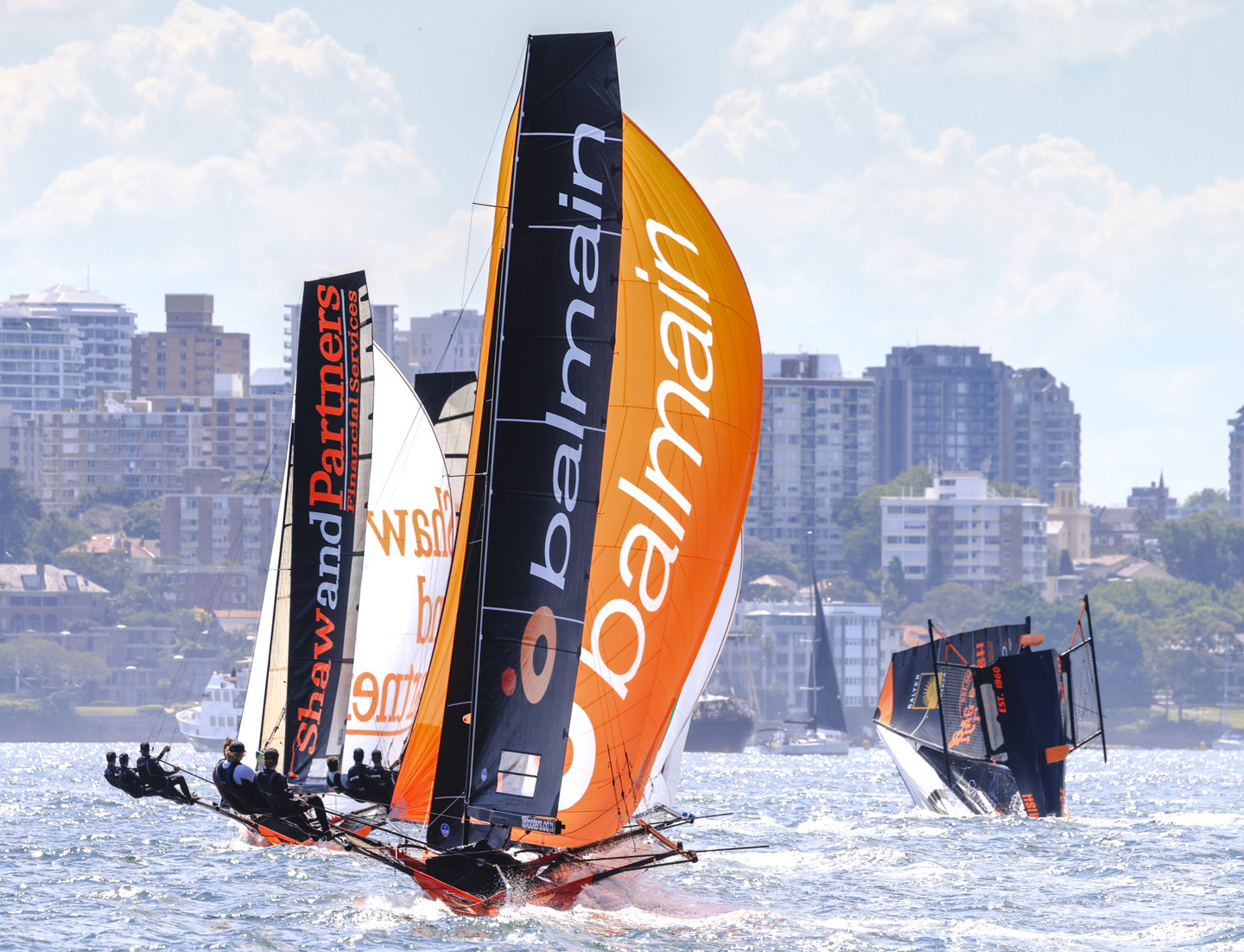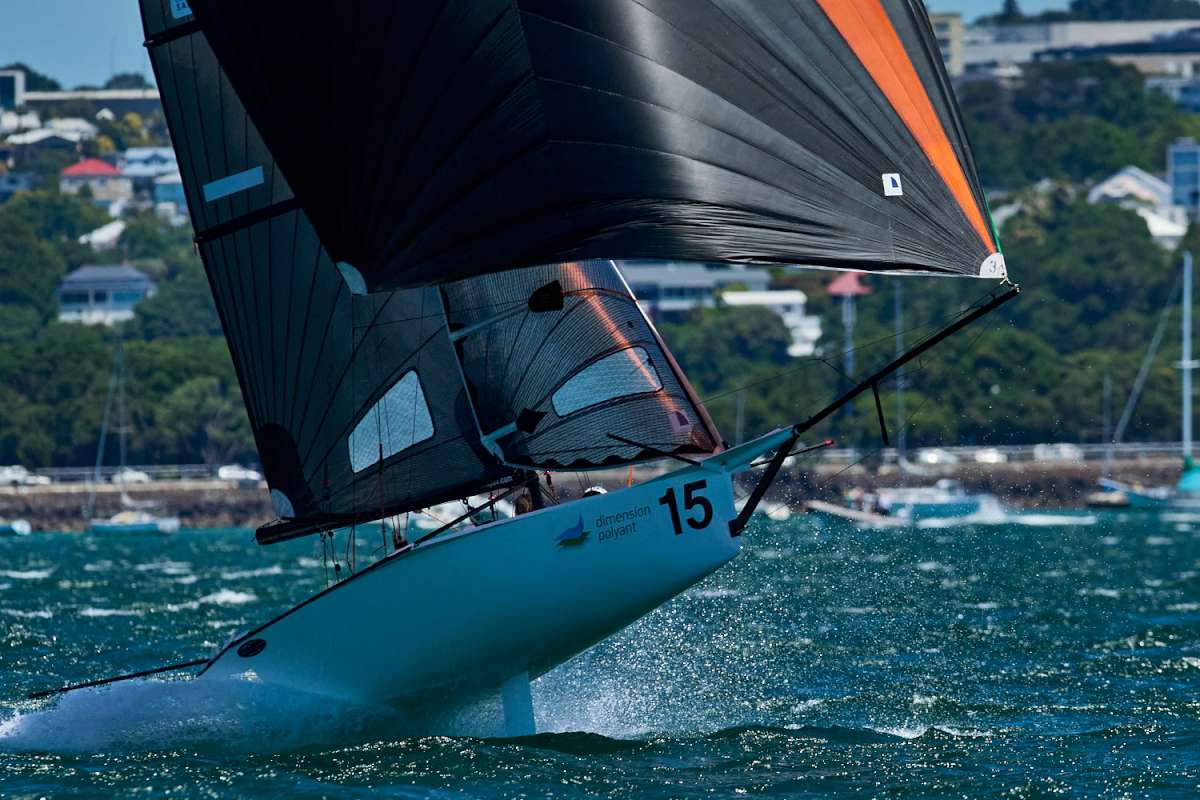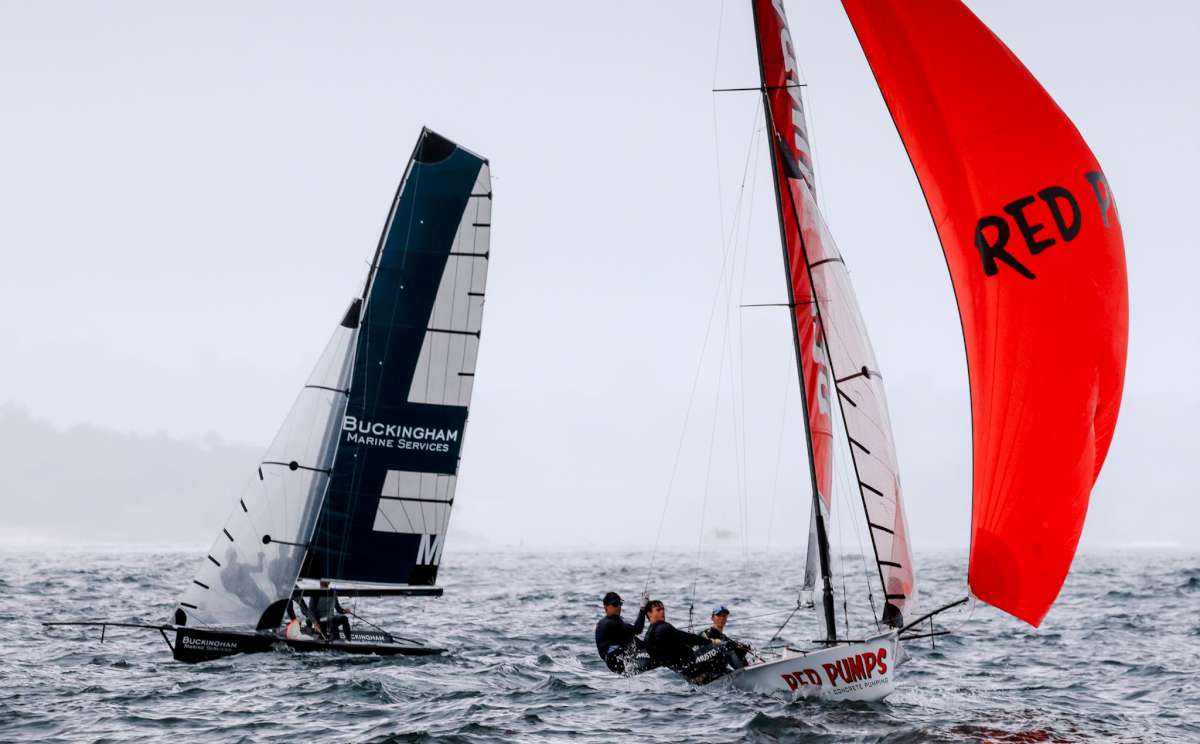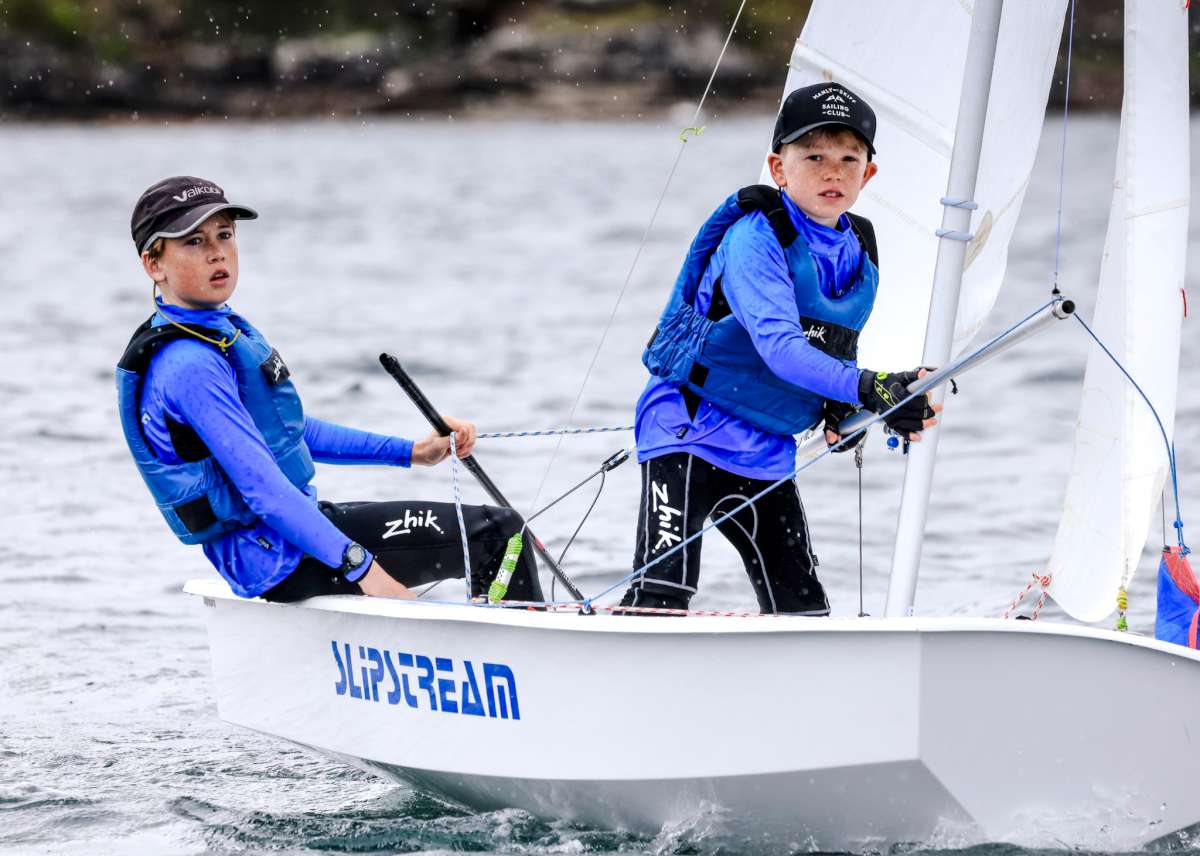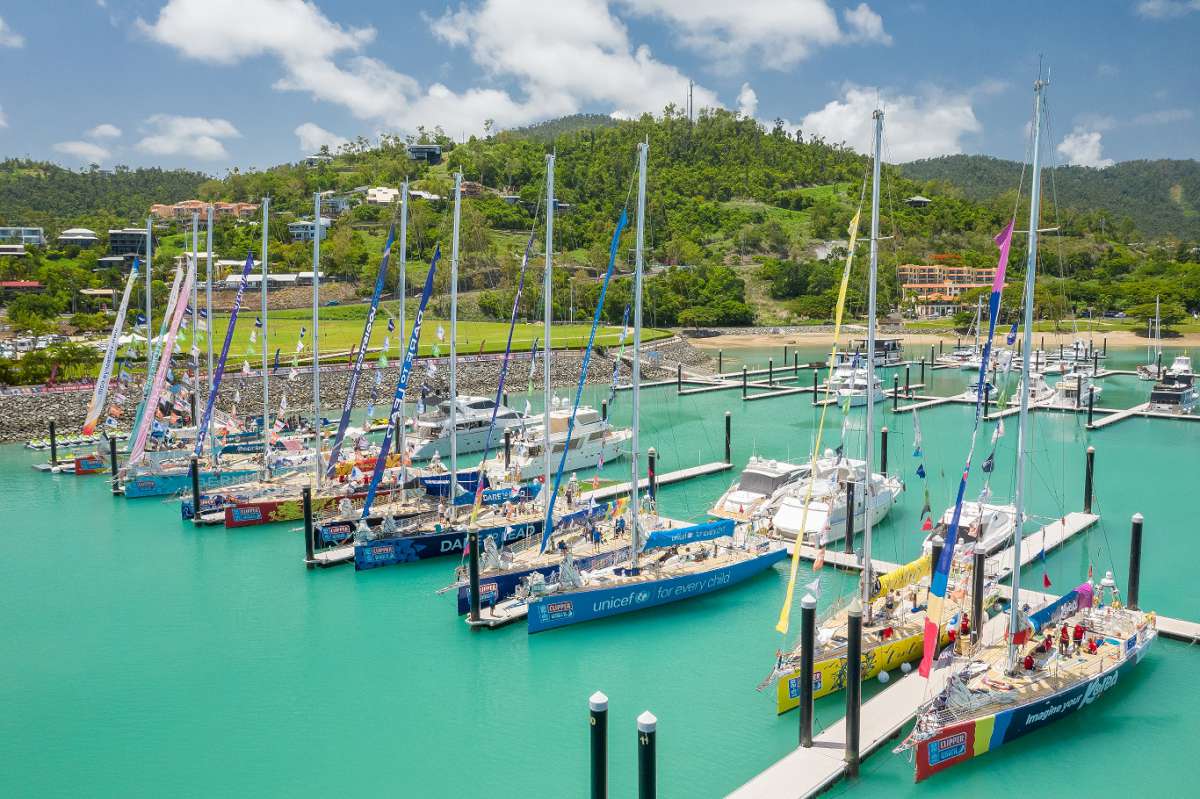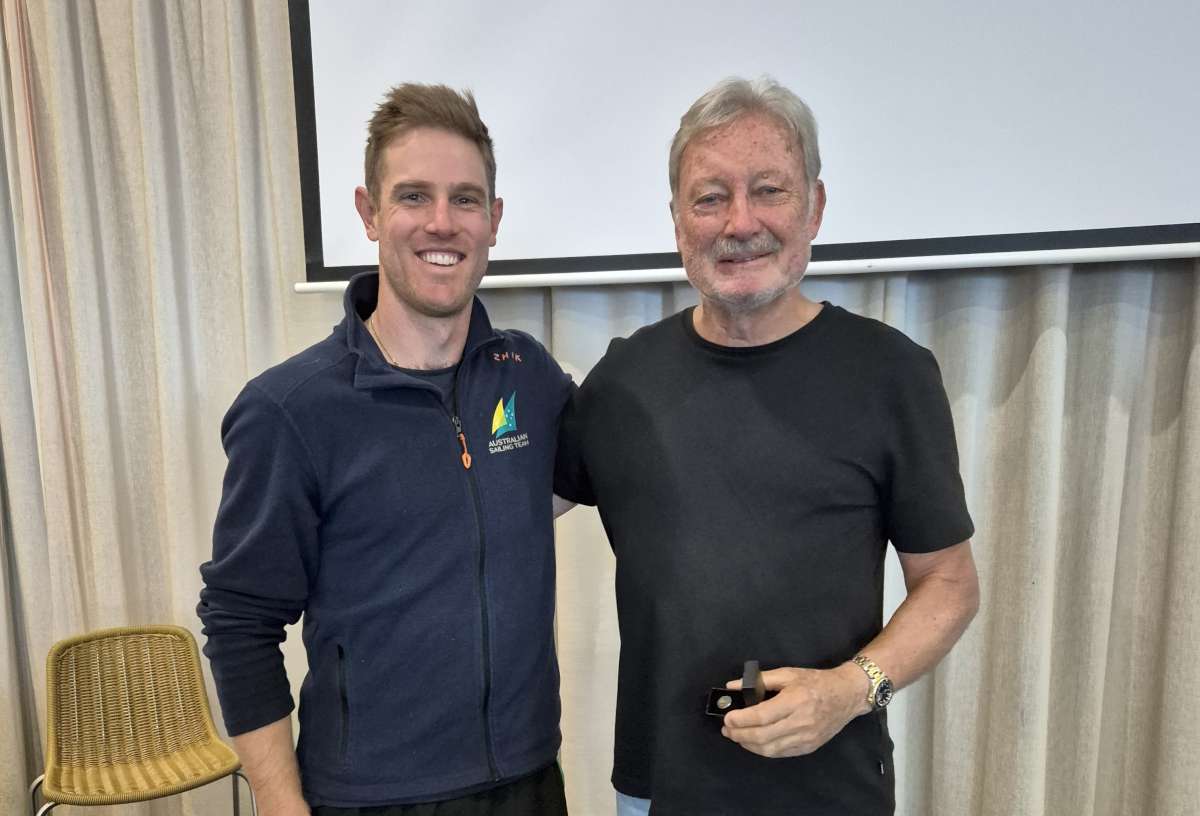While Australia seems to have had more than its fair share of bad decisions at the ISAF Worlds in Santander, they are certainly not alone. New Zealand and Finland joined them in a request for redress in the 470 and I have heard from British, Irish and American sources that there is widespread disquiet in every camp.
To be fair to the organisers, the conditions have been terrible. The first four days brought extremely light and shifting winds which made setting courses difficult, and today it started blowing dogs off chains, greatly exceeding the 49er class limit of 25 knots, then died to 4 knots.
But even allowing for the conditions, race management has been appalling. Examples include:
-
A 470 race had to be abandoned when it was started with no bottom gate in place. It simply hadn't been laid.
-
Dutch photographer Thom Touw has an interesting sequence of photographs showing an inflatable mark blowing across the course during a race. Some sailed around it, others ignored it.
-
The Australian 470 crew of Mat Belcher and Will Ryan, along with the Kiwi and Finn teams, were yellow flagged under rule 42 (see related content), a decision which was overturned after protest but which still cost them valuable positions – and kept them up until after 1am because there were so many protests. That in itself is an indication of poor race management – and there have been 23 requests for redress (effectively protests against the race committee) so far in this regatta.
-
The 49er yellow fleet was kept on the water for over four hours yesterday, with two races being started but neither able to be finished. Australian coach Emmett Lazich, a former world champion sailor in several classes, said that simply moving the course 200m further out to sea would have provided ample wind to complete the races. Olympic champion and America's Cup sailor Nathan Outteridge said that one race, at least, could have been started 30 minutes earlier, which would have allowed it to finish before the wind died.
-
Yellow fleet in the 49er was sent out in winds well above class limits this morning. Twenty-four boats didn't finish and according to Outteridge, all now have wrecked sails, while the blue fleet was ashore with sails safely rolled up in their bags.
-
There was a delay of at least 25 minutes between one 49erFX fleet finishing and another starting, resulting in the second race being abandoned when the wind died after two of the three legs. More efficient race management would have seen a delay of only seven or eight minutes between races, probably allowing it to finish before the wind died.
-
The Nacra blue fleet, which has had just one race in three days, was sitting onshore while Laser Silver (who are just making up the numbers) sailed on their course in conditions that were perfect for multihulls. Then the wind died again.
-
The start of today's Laser and Finn races were both delayed for over an hour because the start boats were drifting off their anchors.
- The crowning disaster was sending the 49erFX women out in winds of 30 knots, which resulted in a dislocated shoulder, a broken hand, several broken ribs and a mass of broken gear. Duty of care, anyone?
These are just the tip of the iceberg. It is hard to find anyone with a good word to say about the way the event has been conducted. As I said, it's not just sour grapes from the Aussies because so many poor decisions have seriously affected their chances. Most other countries are complaining just as loudly.
But spare a thought for Australian High Performance Manager, Peter Conde, who is grinding his teeth in frustration. He knows he will have to explain to bureaucrats in Canberra, who control his funding, why the team is going to finish with fewer medals than expected.
So why is this happening? A simple case of too many cooks spoiling the broth. There are excellent race managers on some of the courses, notably Peter “Luigi” Reggio who is as good a PRO as any in the world. Reggio is controlling the Finn fleet and is one who earned plaudits yesterday.
Australian Jake Lilley said, “Luigi and his race team were actually doing a really good job. They weren't sending us off for a bad race in dodgy wind. We actually got a second race off but they abandoned it after a couple of minutes as the breezed died and then filled in. So they did a really good job…”
But the problem for Luigi and for the other race officers controlling the various courses is that they are not left to make the decisions themselves. ISAF insists that each course has an ITO, which I assume stands for International Technical Officer, overseeing each course and able to tell the race officer what to do. And then there is the overall Principal Race Officer who can overule the ITOs.
It's a classic case of too many cooks.
As a result, we have races being started when they shouldn't, races not being started when they should, marks going missing, boats going missing, sailors becoming angry and disillusioned…
– Roger McMillan in Santander
* When I criticise ISAF, I aim my barbs at those in highest authority who make the big decisions – or in most cases defer them. I exclude many members of their staff who do a good job. My thanks to Daniel Smith, for example, for fixing the problem of access to the boat parks. Mind you, it was a problem that should not have arisen in the first place if those in higher authority had been doing their jobs properly.




